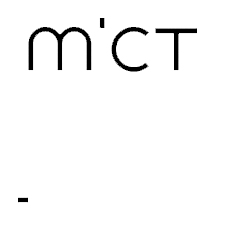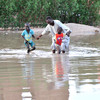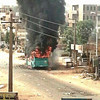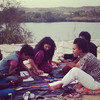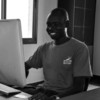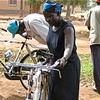The Sudanese press after separation: Contested identities of journalism
Since 2009, the team of The Niles has witnessed how Sudanese journalism functions within a complex web of party politics, governance, and media. This observation was the starting point for further research into the multiple links between politics and the media in post-secession Sudan. This publication contains the first results of that research:
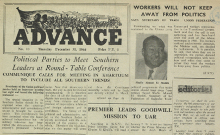 The historical review also deals with the Southern press and includes unpublished material like this scan of The Advance, the by then mouthpiece of Southern communists, December 31, 1964.
The historical review also deals with the Southern press and includes unpublished material like this scan of The Advance, the by then mouthpiece of Southern communists, December 31, 1964.
In Chapter 1, Roman Deckert outlines the historical context, illustrating how Sudan’s press was repeatedly transformed as politics shifted. He shows how the two spheres affect one another: Media development is constrained by politics, but the media can also trigger political change.
The chapter reveals how Sudan’s press cannot be seen as a linear process of increasing censorship and repression. Instead, journalists have faced periods of fluctuating press freedom, pluralism and restriction. Journalistic practices have morphed, in keeping with the prevailing climate of tolerance or restriction.
Following this historical review, Chapter 2 shines a spotlight on Sudan’s current media landscape. Roman Deckert depicts the role of government and non-government institutions, legal frameworks, press freedom, and pluralism in Sudanese print media.
Download the study here for free
In Chapter 3, Anke Fiedler provides an in-depth analysis of Sudanese journalists’ experience of print journalism. By exploring themes like their self-image and motivations, markets and impact, individual agency and its boundaries, she highlights the challenges and rewards of day-to-day work as a journalist in Sudan.
The chapter is based on interviews with 15 key figures from Sudanese journalism in Khartoum, conducted in December 2011, and includes a qualitative analysis of these conversations. Her findings document the profession’s high social standing, which helps compensate for poor pay and constant official scrutiny, and the ways in which newspapers instigate political discourse – despite their lacklustre circulation figures.
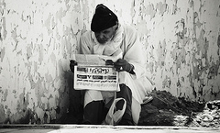 A man in Khartoum reads a copy of al-Ray al-Aam, March 12.
A man in Khartoum reads a copy of al-Ray al-Aam, March 12.
Fiedler also probes why journalists opt for a profession in which they risk censorship - and even imprisonment. Finally, she charts journalists’ contrasting opinions about how Sudan’s division has impacted journalism.
In Chapter 4, Magdi Elgizouli provides an overview of political profiles of Sudan’s leading newspapers, detailing their histories, ownership and stakeholders, as well as the journalistic quality of each publication. For reference, a glossary of the political parties is included.
This volume seeks to impart a deeper understanding of the political nature of the Sudanese press. Through observation, research and analysis, it also conveys a multifaceted impression of Sudanese journalists’ working conditions.
It tries to paint an authentic and differentiated picture of their situation, looking beyond stereotypes of the Sudanese press as “unfree” and hence not worthy of further research. By combining facts and figures with journalists’ personal anecdotes and opinions, it captures the complexity of the subject – a subject which, as the infographic on page 19 accurately reveals - is far from straight forward.
